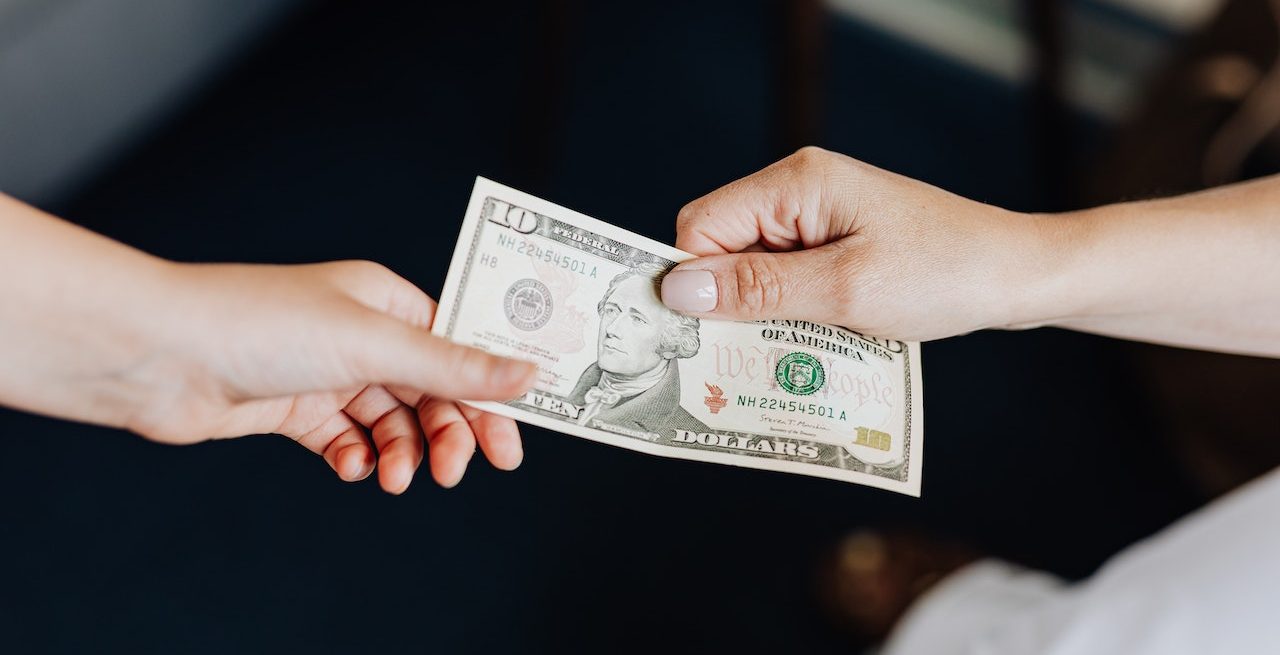The Topic Is Tipping
3 Min Read
Guests are dining out more often than last year and and rewarding great service, with the highest tips at bars and fine dining restaurants, according to hospitality industry data from Lightspeed Commerce Inc. The data suggests guests are willing to tip more for great service when digital tools are available to ease the payment process.
Key findings include:
- Tipping is on the rise: Good news for servers: diners aren’t skimping on tips. Year-over-year, the median tip percentage increased by 2.3 percent, from 16.93 percent to 17.32 percent.
- Bars and fine dining take home the biggest tips: Overall, tipping trends are staying stable across business types year-over-year, with customers continuing to tip around 3 percent more at bars (19.25 percent) and fine dining restaurants (19.9 percent) than they do in casual restaurants (16.5 percent).
- Takeout tips are down: Tips for online orders and delivery dipped slightly, falling from 8.83 percent to 8.07 percent. In spite of earning the biggest in-house tips, bars were hit hardest on takeout, with the median online and delivery tip falling from almost 10 percent to 8.54 percent.
- Tipping on fast casual is going strong: In spite of the “tipflation” backlash, diners haven’t stopped tipping in fast casual restaurants, though the median tip size is still hovering under 9 percent—well below the 17.32 percent average.
- Diners are going out more often: People are dining out more frequently at both fine dining and fast casual restaurants, with the total number of transactions rising 3.60 percent year-over-year at fine dining and 3.53 percent at fast casual restaurants.
“Now more than ever, hospitality businesses are turning to technology to help them drive additional revenue and change the guest experience for the better,” notes Peter Dougherty, General Manager of Hospitality at Lightspeed Commerce. “Our customers that have implemented embedded payments and automated tipping prompts often tell us they see a bump in average tip size. The reality is that in our post-pandemic world, guests are looking for a frictionless, cashless payment experience, and they’re willing to tip more for exceptional dining experiences—especially when they have access to digital tools that make it easy. For hospitality businesses navigating a rapidly changing market, that extra income in their employees’ pockets is crucial to retaining staff without cutting into their profit margins.
Modern Restaurant Management (MRM) magazine reached out to the team at Lightspeed to learn more.
What do the survey results tell you about the current status of tipping culture?
Lightspeed’s tipping data shows us that consumers are rewarding great service with higher tips, but they’re not tipping as much outside of traditional service venues. This indicates that tipping culture is closely aligning with the added-value consumers associate with varying types of service. They value the experience associated with dining out, but since delivery is no longer a ‘survival tactic’ as it was during the pandemic, it has less relatively value to the customers.
Tipping culture is closely aligning with the added-value consumers associate with varying types of service.
Payment methods also impact tipping culture. Restaurant operators are finding that having their servers provide an easy and frictionless method of payment – especially through mobile and pay-at-table technologies – is leading to greater guest satisfaction and thereby rewarding servers with higher tips. It’s a win-win-win for the consumer, the employee who earns higher tips, and for the business owner who has more satisfied customers and employees, while also turning tables faster.
What can restaurant owners learn from the results to better engage with guests and not alienate them?
Tech-savvy restaurant owners should continue doing exactly what they have been doing – giving customers multiple options to order their food and drinks. Even if the general public is trending towards returning to a sit down meal, many have grown accustomed to takeout and delivery services. Providing the easiest options for ordering AND payments is an effective way to create customer loyalty, along with implementing analytics into your tech stack to increase personalization and maximize menu options.
What does the decrease in takeout/delivery tipping indicate? Is it a slap back? Are they making a value distinction between the effort involved?
It's a natural progression as we return to the new post-pandemic life. While it's not going to be exactly like we left it before COVID, there’s less value associated with takeout. Consumers are more comfortable eating in a dining room with others – and will tip more for the experience – but at the same time, they still want options so delivery will remain as important as it is today.
Is it an encouraging sign that people are dining out and tipping more?
Absolutely, it's especially encouraging for restaurant employees who have stuck it out in an industry that continues to experience significant employee turnover. Higher server tips is a key step to turning this around and it’s encouraging to see how digital tipping is increasing as restaurant owners aim to better reward employees.
The data is based on a sample of thousands of restaurants powered by Lightspeed across North America.

